12 Common House Interior Mistakes in India 2025– High Maintenance & Waste of Money
Designing your dream home is exciting—but if you’re not careful, some popular interior trends can become a nightmare in the long run. In India, many homeowners fall into the trap of choosing aesthetics over practicality, resulting in interiors that are expensive to maintain or just plain impractical.
Here are 12 interior mistakes you should avoid in 2025 while building or renovating your home in India:
1. False Ceilings Without Purpose
False ceilings look great but aren’t always needed. They can reduce room height, trap heat, and cost extra in both materials and lighting. Unless you’re hiding wiring or installing concealed lights, think twice.
Alternate of false ceiling is Plain ceiling Trending chandelier and surface light

2. High-Maintenance Wall Textures , Panel and Paints
Textured walls and fancy finishes like velvet touch or high-gloss paints require frequent cleaning and are tough to maintain, especially in Indian households with dust and humidity.
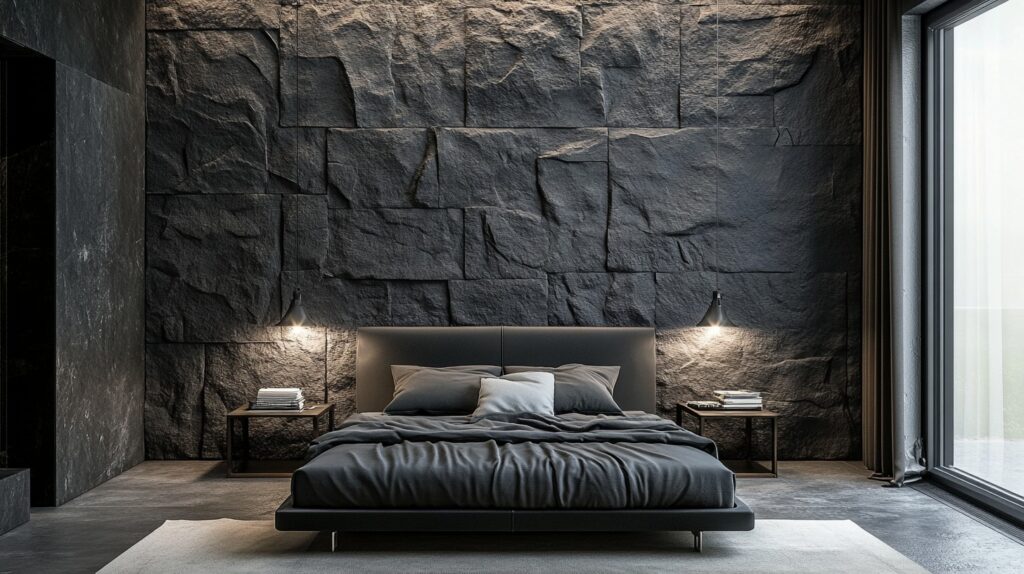
3. Imported Wooden Flooring or Laminated Flooring in Humid Areas
Wooden flooring looks premium but can swell, warp, or attract termites in Indian climates, especially in coastal or humid regions. Consider high-quality tiles or laminate instead.
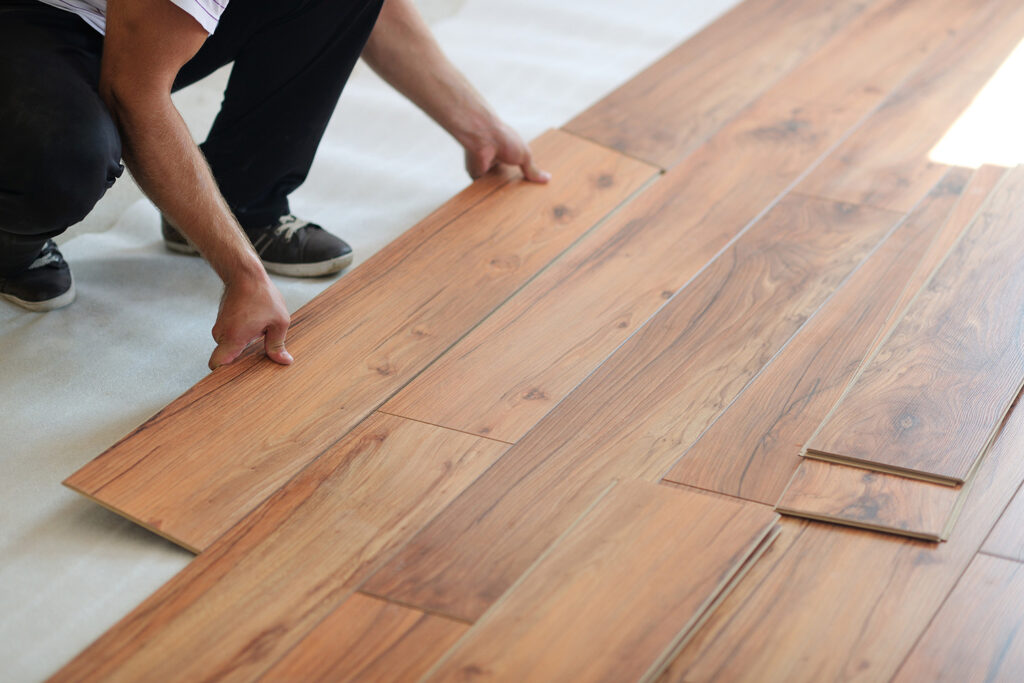
4. Over-Decorated Modular Kitchens
Excessive use of glossy finishes, pop colors, and open shelves in kitchens might look modern but are impractical. Indian cooking involves spices and oil, which means more cleaning and quicker wear.
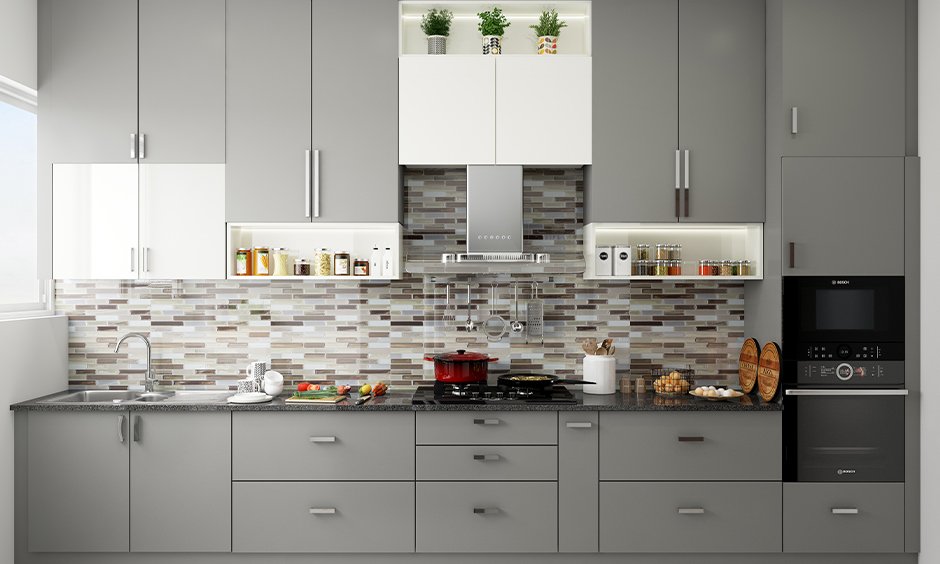
5. Too Much Glass Usage in House Interior
While glass partitions, railings, and décor add a sleek look, they are hard to clean, fragile, and unsafe with kids or elders at home.
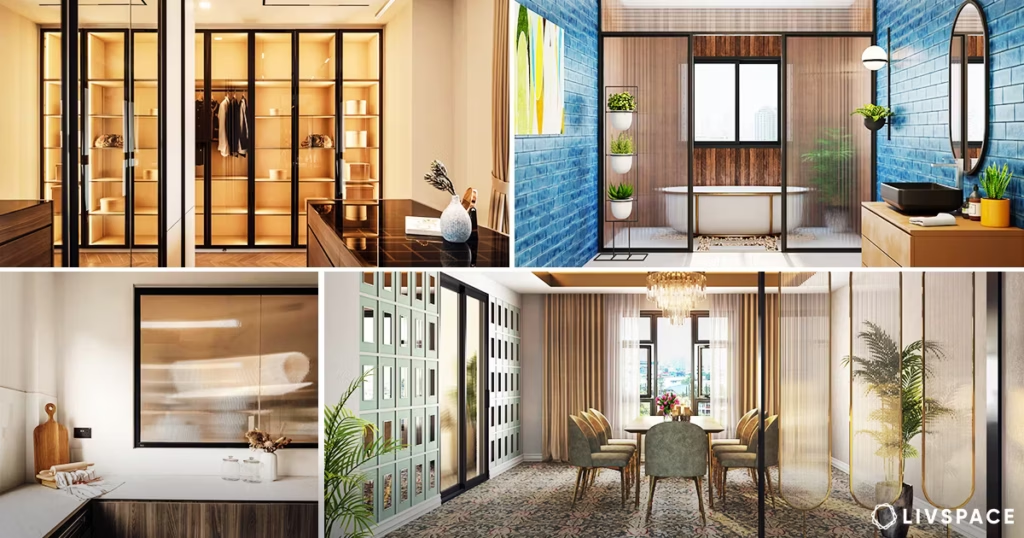
6. Inadequate Ventilation Planning
Skylights, large windows, and proper exhaust fans are essential. Many homes look stylish but suffer from poor airflow, leading to dampness, bad odors, and mold.

7. Oversized Furniture
Massive sofas or beds might impress visitors but reduce usable space. Indian homes benefit more from compact, multi-functional furniture.
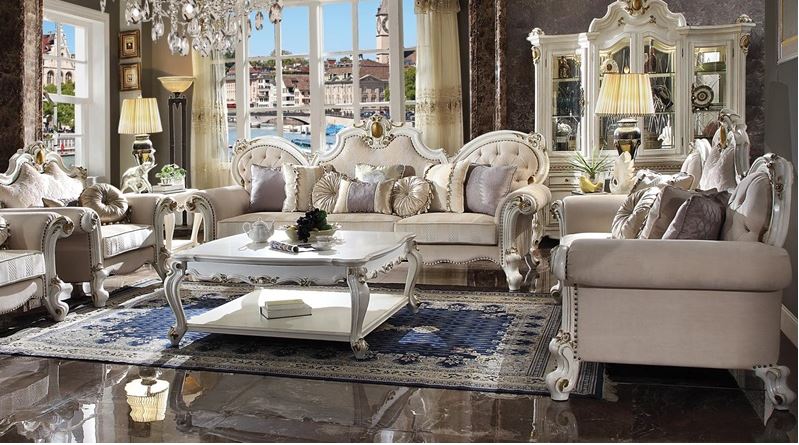
8. Inappropriate Lighting Choices
Too many spotlights or colored LED strips can strain the eyes and rack up the electricity bill. Focus on layered lighting: ambient, task, and accent.

9. Neglecting Storage Needs
Looks can be deceiving. Minimalist designs often ignore the need for adequate storage, leading to clutter. Plan for closed storage that blends with décor.
Storage is the key to a functioning home, no matter how large or small your family is. It’s not the most exciting aspect of building a home and it’s hard to pull your attention away from say, your kitchen, to add a bit extra storage. But believe us, it’s worth it.
The main appeal of having ample storage in your home is that you can keep everything well organized and avoid clutter. When you’re forced to store things in plain sight, your home is going to feel smaller and stuffier. As this happens, stress starts to seep in, you’ll have to clean more frequently, and cleaning itself becomes more of a chore.

10. Using Delicate Materials in High-Traffic Areas
White upholstery, marble floors, or glass tabletops in areas like the living room or dining area need constant cleaning and repairs. Go for durable, low-maintenance alternatives.
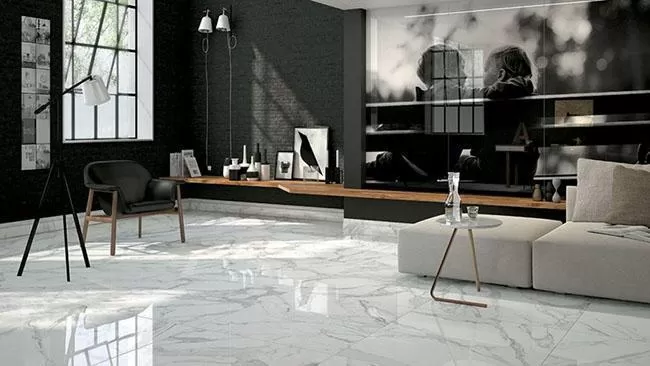
11. Ignoring Local Climate and Culture
Using interiors that work in Western countries without adapting to Indian lifestyle and weather often backfires. For example, carpeted floors don’t work well in dusty or humid regions.
Here’s what it typically results in:
A. Climate Mismatch
Wrong materials: Using wooden flooring or carpet in humid areas like Kerala or Mumbai causes swelling, mold, or musty smells.
Poor ventilation: Western-style sealed windows and minimal air circulation can cause heat buildup in hot regions.
Excessive glass: Looks stylish but leads to overheating and glare in tropical climates.
B. Cultural Disconnect
Open kitchens in traditional households: Doesn’t suit Indian cooking, which involves spices, oil, and smoke—making cleaning harder.
Low seating furniture: Looks modern but may not be comfortable for elderly family members used to traditional furniture.
Lack of pooja room or prayer space: Omitting sacred spaces in a culturally rooted home can feel incomplete for many Indian families.
12. Overdoing Trends Instead of Timeless Design
Trendy colors, wallpaper, or furniture can go out of style fast. Focus on neutral, functional designs and add trends through decor that can be changed easily.
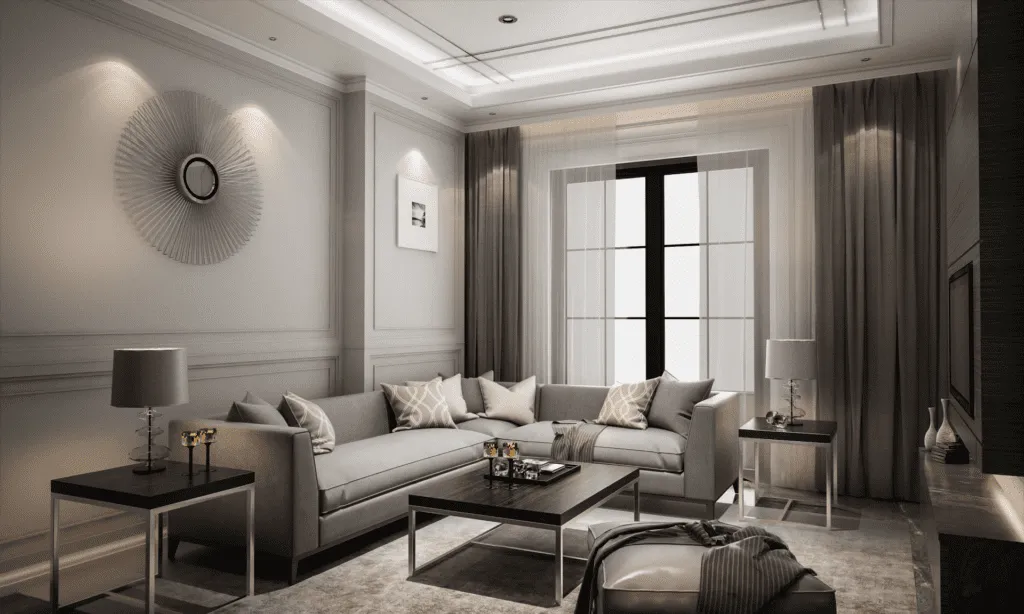
Final Thoughts
Interior design is about comfort, durability, and lifestyle—not just looks. While planning your dream home in 2025, avoid these common mistakes to save yourself from unnecessary expenses and daily frustration.
Design smart, live better!

